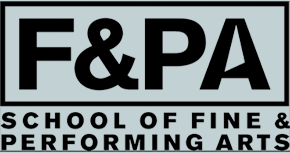Linking Collections, Building Connections: Works from the Hudson Valley Visual Art Collections Consortium
Curated by Ariel Shanberg and Brian Wallace
August 24 — December 11, 2011
Morgan Anderson Gallery, Howard Greenberg Family Gallery, and Corridor Gallery
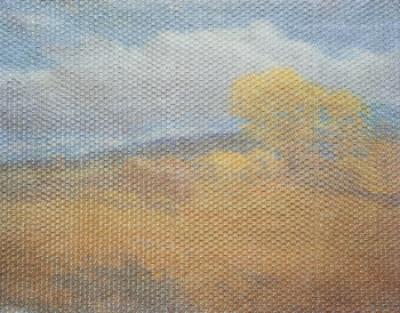
Chad Kleitsch, Untitled #60 (Bubble Wrapped) from the series White Box, 2003, Center for Photography at Woodstock Permanent Print Collection; gift of the artist
Bringing to light over 150 artworks and the myriad connections that link them together, this exhibition presents fresh perspectives on a century of artistic activity in the Mid-Hudson Valley. The exhibition gathers together paintings, sculptures, furnishings, prints, drawings, photographs, conceptual works, and documentation and ephemera from the permanent collections of the partner organizations of the Hudson Valley Visual Art Collections Consortium (HVVACC). You can visit the online collection here: http://omeka.hrvh.org/exhibits/show/dorsky
The HVVACC organizations—the Center for Photography at Woodstock, the Samuel Dorsky Museum of Art, Women’s Studio Workshop, Woodstock Artists Association & Museum, and the Woodstock Byrdcliffe Guild—are developing an online visual database, a series of events and publications, and a regional collection study and exhibition center. Together, the collections of these five partner organizations are a significant regional resource, and the Linking Collections, Building Connections exhibition is part of a long-range project to make these collections available to scholars and the public.
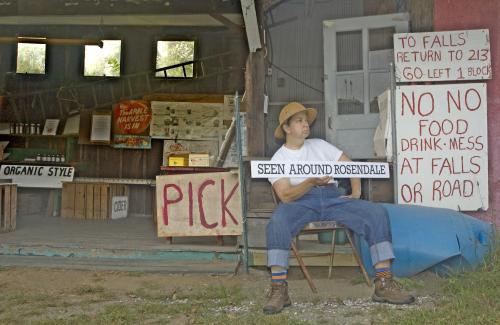
KaKe Art, Mr. Apples, from the series Scene Around Rosendale, 2008, Collection Women's Studio Workshop
Linking Collections, Building Connections celebrates the artistic legacy of the Mid-Hudson Valley and provides viewers with multiple perspectives on the region’s art and artists. An introductory section includes iconic works from all the five collections. Subsequent sections of the exhibition bring works from the five collections together in a range of different ways. One area uses a strictly chronological approach; another gathers works donated to different collections by a single patron. One area includes works depicting similar locations, and another includes works depicting identical sitters or models. Another includes only works by one artist; another documents a community of artists; still another includes examples of repetition, overlap, and redundancy in the collections. An interactive version of the HVVACC database allows visitors to explore information about exhibited and other works and build their own connections between them. A final section—the last, large wall of the exhibition—will feature a new project by a Hudson Valley artist, envisioned as a densely-hung wall filled from floor to ceiling with works from all five of the collections.
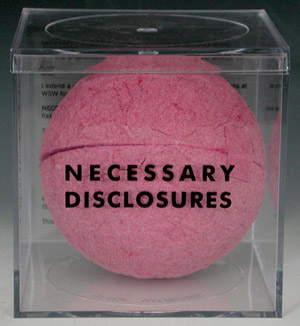
Sarah Peters, Necessary Disclosures, 2003, Collection Women’s Studio Workshop
The format of the exhibition—familiar works from around the region; a plethora of viewpoints from across the humanities—allows Linking Collections, Building Connections to serves several purposes. It empowers visitors to make their own connections and interpretations, it serves as a jumping-off point for museum tours, regional exploration, and other educational activities, and it indicates the scope of the opportunities presented by the Hudson Valley Visual Art Collections Consortium.
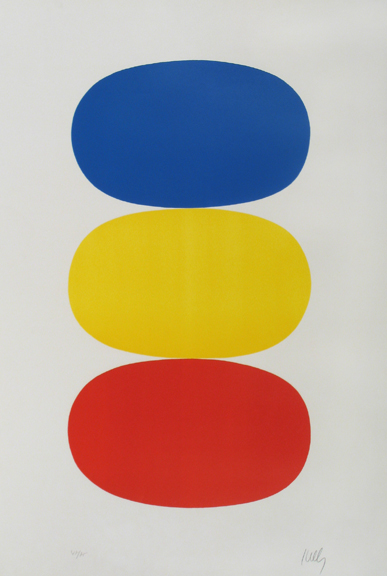
Ellsworth Kelly, Untitled, 1965, Collection Samuel Dorsky Museum of Art; museum purchase
Equipping visitors with visual skills and critical tools will allow those visitors—including online viewers—to appreciate how the iconic works at the beginning of the exhibition can only begin to represent the complexity of the region's creative past and present. Articulating curricular connections to elementary, middle, and high school humanities and arts courses will allow the consortium partners to organize self-guided or museum-hosted tours and other activities for their communities. Displaying the interconnectedness of the five collections—a painter is the subject of another artist’s work; a photographer’s model is also an artist; a location depicted in one artist’s work is the studio where other artists work; etc.—suggests the richness and complexity of the ways that all these artworks contribute to what is still an open definition of the region.
Funding for the printing of the exhibition catalog has been provided in part by the Hudson River Valley National Heritage Area and Federal National Park Service Quadricentennial Funding.
Linking Collections, Building Connections: Works from the Hudson Valley Visual Art Collections Consortium
Curated by Ariel Shanberg and Brian Wallace
August 24 — December 11, 2011
Morgan Anderson Gallery, Howard Greenberg Family Gallery, and Corridor Gallery

Chad Kleitsch, Untitled #60 (Bubble Wrapped) from the series White Box, 2003, Center for Photography at Woodstock Permanent Print Collection; gift of the artist
Bringing to light over 150 artworks and the myriad connections that link them together, this exhibition presents fresh perspectives on a century of artistic activity in the Mid-Hudson Valley. The exhibition gathers together paintings, sculptures, furnishings, prints, drawings, photographs, conceptual works, and documentation and ephemera from the permanent collections of the partner organizations of the Hudson Valley Visual Art Collections Consortium (HVVACC). You can visit the online collection here: http://omeka.hrvh.org/exhibits/show/dorsky
The HVVACC organizations—the Center for Photography at Woodstock, the Samuel Dorsky Museum of Art, Women’s Studio Workshop, Woodstock Artists Association & Museum, and the Woodstock Byrdcliffe Guild—are developing an online visual database, a series of events and publications, and a regional collection study and exhibition center. Together, the collections of these five partner organizations are a significant regional resource, and the Linking Collections, Building Connections exhibition is part of a long-range project to make these collections available to scholars and the public.

KaKe Art, Mr. Apples, from the series Scene Around Rosendale, 2008, Collection Women's Studio Workshop
Linking Collections, Building Connections celebrates the artistic legacy of the Mid-Hudson Valley and provides viewers with multiple perspectives on the region’s art and artists. An introductory section includes iconic works from all the five collections. Subsequent sections of the exhibition bring works from the five collections together in a range of different ways. One area uses a strictly chronological approach; another gathers works donated to different collections by a single patron. One area includes works depicting similar locations, and another includes works depicting identical sitters or models. Another includes only works by one artist; another documents a community of artists; still another includes examples of repetition, overlap, and redundancy in the collections. An interactive version of the HVVACC database allows visitors to explore information about exhibited and other works and build their own connections between them. A final section—the last, large wall of the exhibition—will feature a new project by a Hudson Valley artist, envisioned as a densely-hung wall filled from floor to ceiling with works from all five of the collections.

Sarah Peters, Necessary Disclosures, 2003, Collection Women’s Studio Workshop
The format of the exhibition—familiar works from around the region; a plethora of viewpoints from across the humanities—allows Linking Collections, Building Connections to serves several purposes. It empowers visitors to make their own connections and interpretations, it serves as a jumping-off point for museum tours, regional exploration, and other educational activities, and it indicates the scope of the opportunities presented by the Hudson Valley Visual Art Collections Consortium.

Ellsworth Kelly, Untitled, 1965, Collection Samuel Dorsky Museum of Art; museum purchase
Equipping visitors with visual skills and critical tools will allow those visitors—including online viewers—to appreciate how the iconic works at the beginning of the exhibition can only begin to represent the complexity of the region's creative past and present. Articulating curricular connections to elementary, middle, and high school humanities and arts courses will allow the consortium partners to organize self-guided or museum-hosted tours and other activities for their communities. Displaying the interconnectedness of the five collections—a painter is the subject of another artist’s work; a photographer’s model is also an artist; a location depicted in one artist’s work is the studio where other artists work; etc.—suggests the richness and complexity of the ways that all these artworks contribute to what is still an open definition of the region.
Funding for the printing of the exhibition catalog has been provided in part by the Hudson River Valley National Heritage Area and Federal National Park Service Quadricentennial Funding.
SUNY New Paltz 1 Hawk Drive, New Paltz, NY 12561
845.257.3844
For more information contact us at [email protected]
 www.hudsonrivervalley.com
www.hudsonrivervalley.com